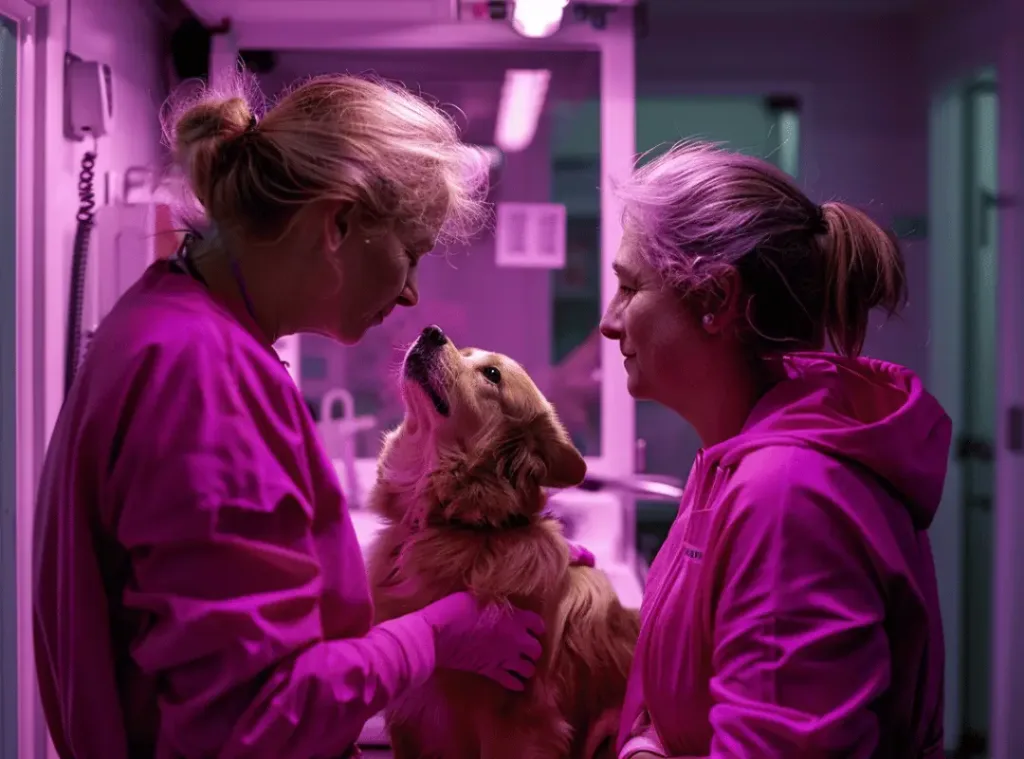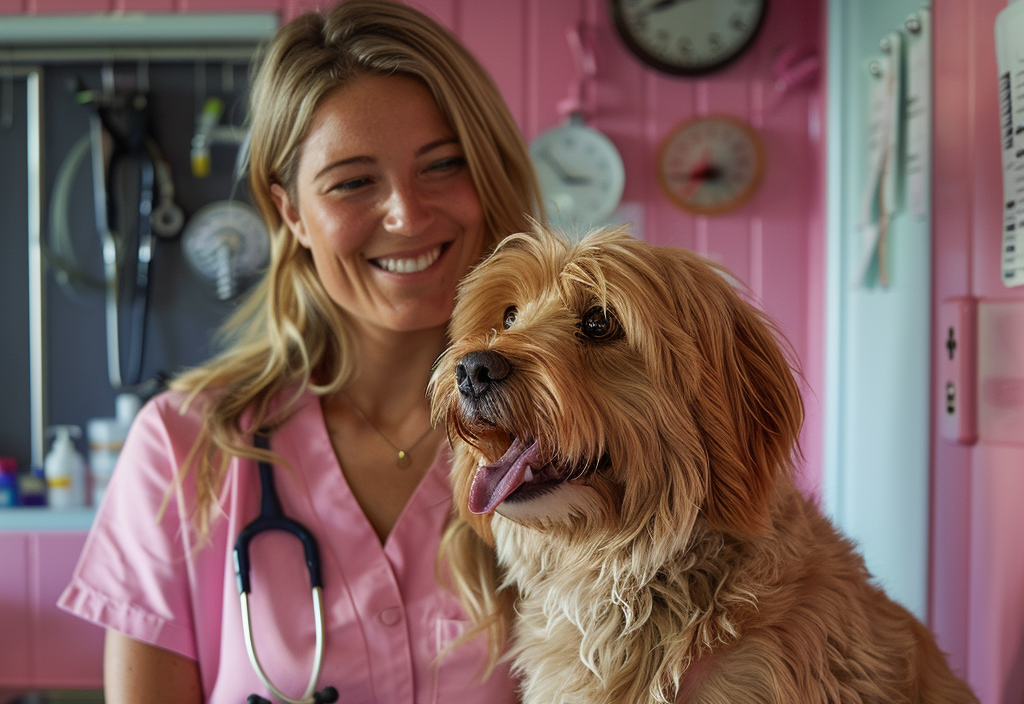Managing vet costs is a crucial part of pet ownership in Australia, ensuring that pets receive the care they need throughout their lives. If you’re planning to adopt a pet cat or dog, you should consider the associated costs of compassionately caring for one. Depending on the age, breed, and condition that your pet is in, you may realise that a significant portion of your budget will be allocated to vet expenses.
Vet costs are the expenses associated with medical advice, diagnosis, pet care, or treatment provided by a veterinarian. This also includes drugs prescribed by the vet to help maintain your pet’s health.

7 steps to manage vet costs as a pet owner
Our seven-step guide is designed to help Australian pet owners manage these expenses effectively.
1. Understand vet costs in your area
Figure out what kind of regular and annual vet care your pet cat or dog needs by paying the vet a visit. A complete health check-up will give you a full picture of your pet’s quality of life and how to maintain it. Remember that vet expenses include dental care, parasite control, and even therapy if needed.
💡 Regional cost variations: It’s important to note that veterinary costs can vary significantly across Australia. Urban centres often have higher veterinary fees compared to rural areas, reflecting the varying overheads and operational costs. Awareness of these regional differences is crucial for pet owners when budgeting for pet care.
2. Prioritise preventive care
Investing in regular veterinary visits for your pet can prevent serious health issues and detect problems early. These preventive measures are not only vital for your pet’s health but can also be cost-effective in the long run by avoiding the need for more expensive, emergency treatments.
🩺 Pet Vaccinations and Parasite Control: In the unique Australian environment, preventive care such as vaccinations and treatments for fleas, ticks, and worms is particularly crucial. These steps can safeguard your pet from common yet preventable diseases, saving you from future costly treatments. Knose offers pet care plans that can also help pet owners prioritise preventative care.
3. Budget wisely for pet healthcare
One of the most effective strategies for managing vet costs is to allocate a portion of your monthly budget specifically for pet care and vet expenses. This can include setting aside funds for routine check-ups, vaccinations, and any ongoing treatments your pet may require.
💵 Creating an emergency fund by investing in pet insurance: Unexpected pet emergencies can happen at any time, and being financially prepared is essential. An emergency fund dedicated to your pet’s potential urgent care needs can mitigate the stress and financial impact of these situations. Although it may be a common belief that setting aside savings is a better option than investing in pet insurance. Pet insurance, on the other hand, acts as a better financial safety net than any other option.
4. Prepare for emergency expenses
Emergency veterinary care can be significantly more expensive than routine services. Understanding common pet emergencies in Australia and knowing the signs can help you act swiftly and potentially reduce the severity and cost of these incidents.
Here are common pet emergencies in Australia:
- Bleeding, cuts and wounds
- Breathing difficulties
- Eating something poisonous
- Broken bones and fractures
- Hit by a car
- Seizures
- Burns
- Heat Stroke
💲Exploring payment options: Many veterinary clinics understand the financial burden sudden emergencies can pose and may offer payment plans or credit options. Familiarise yourself with these options beforehand to ensure you can make quick decisions in an emergency.

5. Insure your pet early
Pet Insurance plays an important role in managing veterinary costs, offering peace of mind to Australian pet owners nation-wide. In fact, it’s designed to cover vet costs of treatments required to relieve or cure an unexpected illness or injury. By insuring your pet early, you can afford care for your pet in almost any situation. When comparing pet insurance plans, consider the coverage carefully, including for routine care, chronic conditions, and emergencies.
📝 Understanding pet insurance policy details: It’s crucial to read the fine print of any pet insurance policy. Look for information on pet insurance coverage limits, waiting periods, co-payments, exclusions, and optional add-ons to ensure the policy meets your expectations and your pet’s needs.
6. Seek financial support if needed
Various charities and non-profit organisations in Australia offer assistance for pet healthcare to owners facing financial hardships. Research these programs in advance, so you know where to turn if you need help.
Pay It Paw-Ward provides financial assistance to older people, people with disabilities, or others who cannot afford to pay for vet expenses.
💬 Open dialogue with your vet: Your veterinarian is your partner in your pet’s health care. If financial constraints arise, discuss them openly with your vet. They may offer suggestions for less expensive treatment alternatives or payment plans to ensure your pet receives the necessary care.
7. Engage with your local pet community
Many communities have resources for pet owners, including affordable vet clinics, vaccination drives, and spay/neuter programs. Engaging with local pet owner groups and forums can also provide tips and insights on managing vet costs.
📓Educational workshops and events: Keep an eye out for workshops or events hosted by veterinary clinics or pet care organisations. These can be valuable sources of information on pet health, preventive care tips, and financial planning for pet care.

Quality pet care shouldn’t be a financial burden
While veterinary care is an indispensable part of pet ownership, there are strategies to manage the expenses without compromising on the quality of care. By understanding vet costs, investing in preventive care, budgeting effectively, preparing for emergencies, choosing the right pet insurance, seeking financial assistance when needed, and making informed healthcare decisions, Australian pet owners can ensure their pets lead healthy, happy lives.
In navigating these challenges, remember that the investment in your pet’s health is an investment in their happiness and your peace of mind. We encourage pet owners to explore further resources on pet health, vet care, and insurance options available through the Knose blog, ensuring your beloved companion receives the best possible care throughout their life.
—
Post by Knose Pet Insurance in collaboration with Sofia Francheska Insua
Sofia is a fulltime mom to her rescue senior dog, Baebae, a 16-year old Japanese Spitz. She learned a lot about pet care through her volunteer work with PETA, assisting in medical missions for pets, stray cats, and stray dogs. While her passion leads her to strongly advocate for volunteering as a way to help animals, she also contributes insights and tips for pet owners seeking to provide proper pet care.



